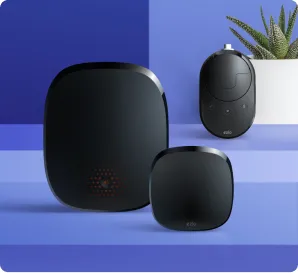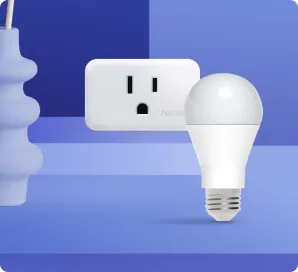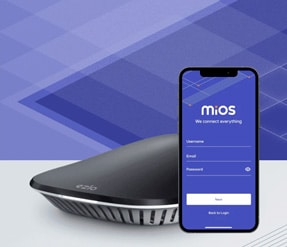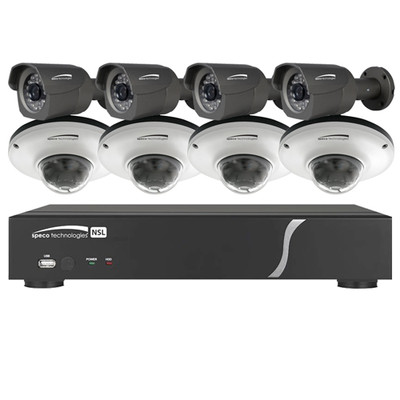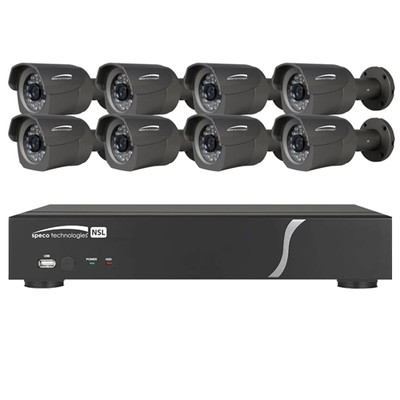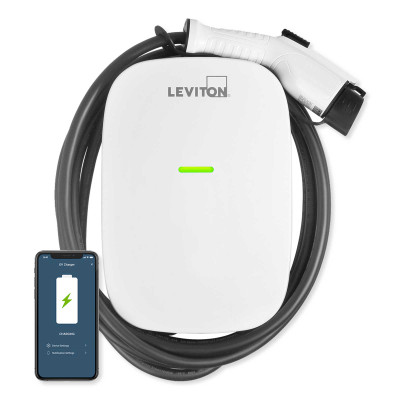Features and Benefits of Home Automation Devices
Home automation devices are changing the way we interact with our homes. They are controllable through apps on your smartphone, tablet, or computer and are programmable to suit and adapt to various real-world factors. As a result, you can control many things in your home using smartphones or other electronic devices.
These devices perform tasks such as turning on lights, locking doors, and adjusting the thermostat. Home automation devices can make your life easier and more comfortable and save you money on energy costs.
There are different types of home automation devices available; hence paramount to choose the ones that fit your needs. Here are some of the main types of home automation devices, and hopefully, this article will help you decide.
Types of home automation devices
Standard home automation devices are light switches, power outlets, thermostats, and window shades. You can also find sensors for doors, windows, and temperature levels and cameras for security and surveillance.
1. Smart lights
Smart light bulbs (intelligent lights) are the most popular smart home gadgets. Their prices are affordable and easy to set up by simply following the directions in an app. In addition, homeowners can use lighting control systems to turn their lights on and off with an app or set automatic schedules that turn lamps on at specific times of the day.
2. Smart power outlets
The power outlets replace standard wall outlets and make it possible for you to control anything that plugs into them using a smartphone or smart speaker. In addition, some models with sensors are programmable to turn on or off at certain times or after detecting motion.
3. Thermostats
Thermostats allow you to set a heating or cooling schedule and change your thermostat settings from your smartphone.
4. Window shades
Homeowners can install motorized window shades to control through smartphone apps and regulate the amount of sunlight coming into their homes.
5. Appliances and Electronics
You can automate any device that runs on electricity with smart plugs or outlets. As such, you can use a smartphone app to turn off appliances remotely or set them on timers to run only during non-peak hours.
How do home automation devices work?
Home automation devices are smart devices that make life convenient and increase the security of your home. An automated home is a home where everything is interconnected such that when one device senses a change, another device makes a change in response. As such, you can use your smartphone or tablet to control certain functions of your house even if you’re not there.
For example, let’s say your front door has a smart lock, and your thermostat also connects to the same system. You can open your door with your phone as you approach and then instruct the thermostat to turn on the heat or turn down the air conditioning so that your house lets in the right temperature when you arrive.
Smart devices can be interconnected in an intelligent ecosystem, communicating with each other from different rooms in the house and responding to your instructions spoken into a central command device. The Internet of Things (IoT) connects your various devices so they ‘speak’ to each other, thereby increasing their functionality and efficiency.
Innovative technology also integrates into your daily lifestyle by learning about your preferences and habits over time. As a result, intelligent devices pre-empt and make decisions without constant direction from you, making everyday tasks easier and quicker than ever before.
Benefits of home automation devices
The benefits of home automation devices boil down to making our lives easier. In addition to simplifying daily tasks, home automation devices can provide safety and security for the entire family. Some home automation devices can even save money by reducing energy costs.
Home automation devices can increase the value of your home when you want to sell, especially with a smart thermostat, door and window locks, and appliances. Homeowners who have invested in home automation often recoup their initial investment when they sell their homes.
How to choose the suitable home automation device for your needs
When deciding which home automation devices are suitable for you, it’s prudent to consider your particular needs. For example, living in a small home with only a few lights and appliances, a small system with simple features will do. However, if you own a large house with multiple levels, you may need a robust system.
To help narrow down your choices, you need to determine the types of devices you want to control. It also helps to consider the number of connected devices incorporated into each system.
Conclusion
With the recent influx of home automation devices and systems, you may be wondering which ones are right for you. Smart devices and home automation improve your work, personal, and family life. Home automation devices allow you to remotely monitor and control your home’s systems with a smartphone or tablet.
You can use smart devices to ensure your home is always at the perfect temperature, that you are alerted to any security breaches and that your lights turn on automatically when you get home from work. When it comes to home automation, lighting is often at the top of the list. Lighting can be a simple way to make your home feel like a living space. It’s also easy to control with smart devices and automation technologies.

